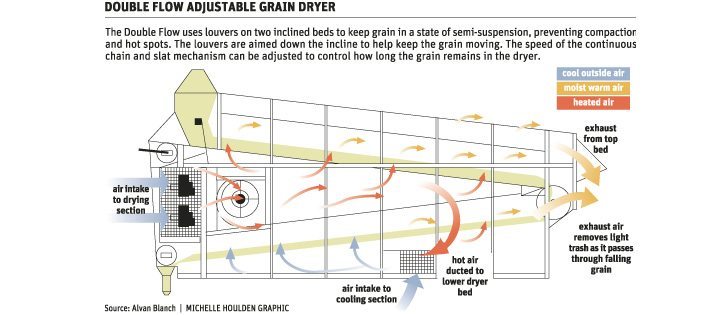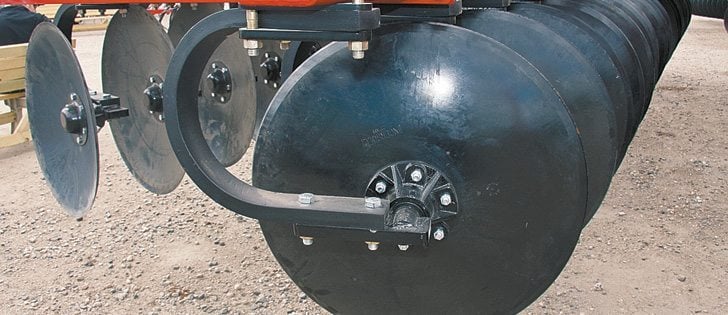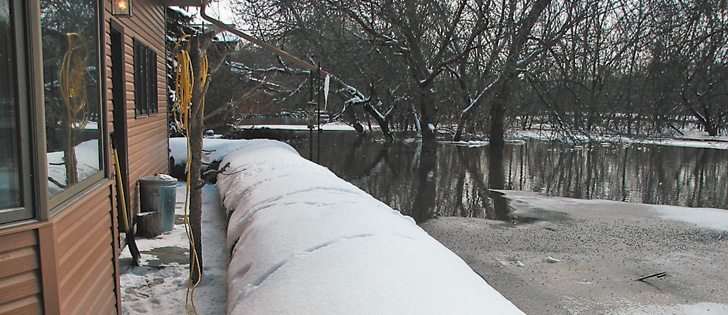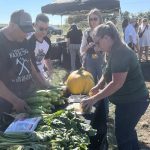Negates rotation benefit | Glyphosate resistant canola brings disease into the field
CARMAN, Man. — Volunteer canola is causing headaches for Roundup Ready soybean growers in Manitoba.
It is a difficult weed to manage when soybeans and canola are both resistant to glyphosate, according to Paul Gregoire, a graduate student at the University of Manitoba who explained the problem during a recent field day at the U of M Research Farm in Carman.
The immediate problem is how to get volunteer canola out of soybean fields, and Gregoire said long rotations might be the only solution.
“The more subtle issues are disease persistence and the buildup of Roundup Ready seeds in the soil’s seed bank,” he said.
Read Also
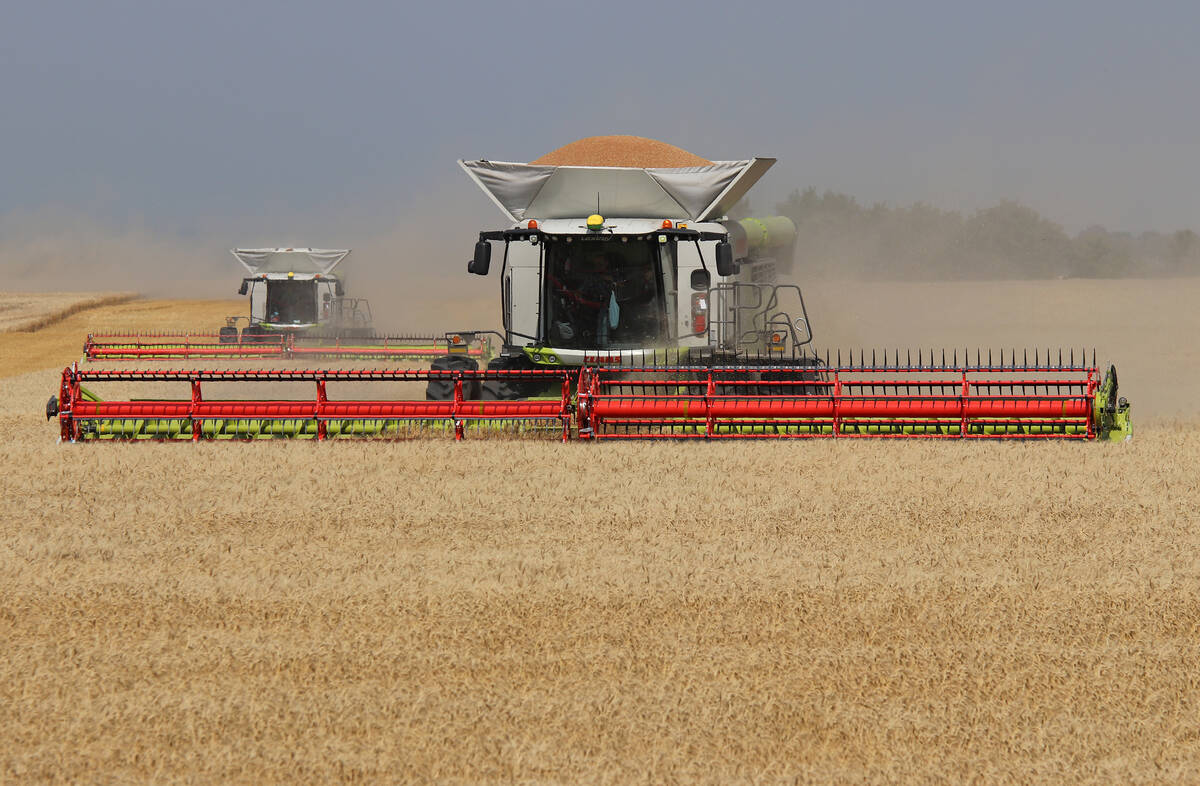
China’s grain imports have slumped big-time
China purchased just over 20 million tonnes of wheat, corn, barley and sorghum last year, that is well below the 60 million tonnes purchased in 2021-22.
“Volunteer canola in soybeans basically mitigates the effect of your rotation. It negates all the benefits of your rotation. Different diseases persist on the root of that canola plant or on the leaves or somewhere in the biomass of that unwanted canola plant.”
He said any part of the biomass can maintain diseases until the next canola crop is grown, which means farmers basically have no rotation.
“The other factor is that those volunteer canola plants contribute unwanted seeds to your seed bank in the soil, and it compounds itself every year until it’s somehow resolved,” he said.
“Canola is a great grower. Each plant always produces a lot of seeds, between 1,000 and 1,500 seeds in a growing season. Some of those seeds are viable up to six years.”
It would be a mathematical nightmare if one plant dropped 1,500 seeds and they all germinated.
“Fortunately they’re hybrids, so very few are viable,” Gregoire said.
“But there will still be a lot of those canola seeds that do germinate and grow. That perpetuates the disease problem and the impact on future soybeans crops in that field.”
He said producers are starting to see the same problem in non-Roundup Ready crops, which creates a problem for producers who have done their best to keep Roundup Ready out of their fields.
“This technology is creating a problem for these guys,” he said.
“Roundup Ready is finding a way into his system. It’s something we have to look at. When are we going to be into a problem that requires a management strategy to stop Roundup Ready from getting into our soybeans? We’ll need to break the cycle. Maybe we’ll have to do something like leaving a field fallow before putting it into soybeans.”
Gregoire thinks growers who are serious about soybeans may need to look at long rotations that include oats and barley to break disease cycles and minimize the seed bank.
He said herbicides are available to help solve the volunteer Roundup Ready canola problem.
“We have to look at sustainability and which crop has the higher value,” he said.
“If you can’t grow your soybeans 10 years from now because of volunteer Roundup Ready canola, which crop are you going to keep and which are you going to drop? I obviously don’t know the answer, but it’s something we have to look at seriously.”
Gregoire’s research, partially funded by Monsanto Canada, is designed to determine the economic threshold of volunteer canola in soybeans and investigate seed production of volunteer canola in soybeans.




